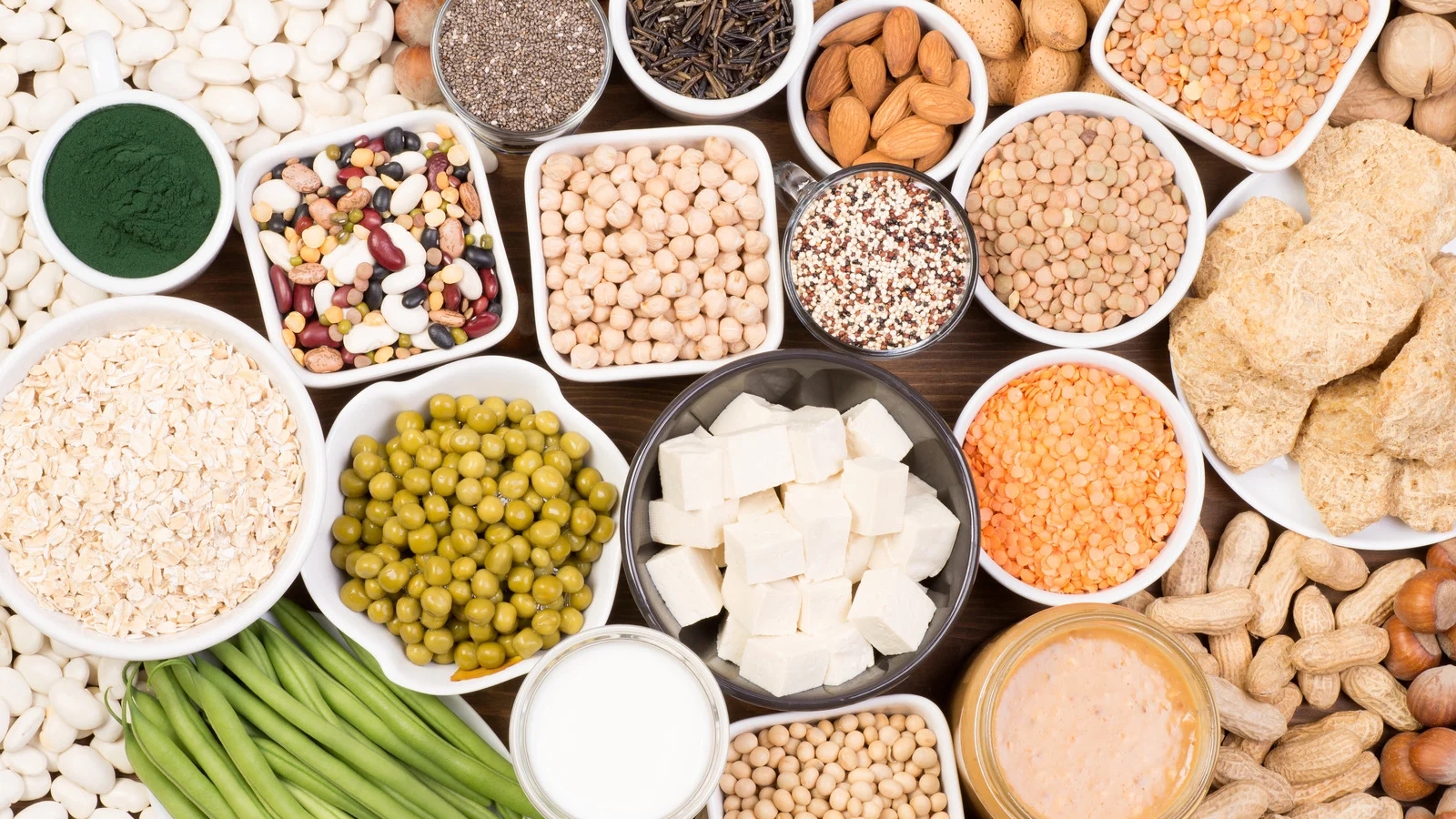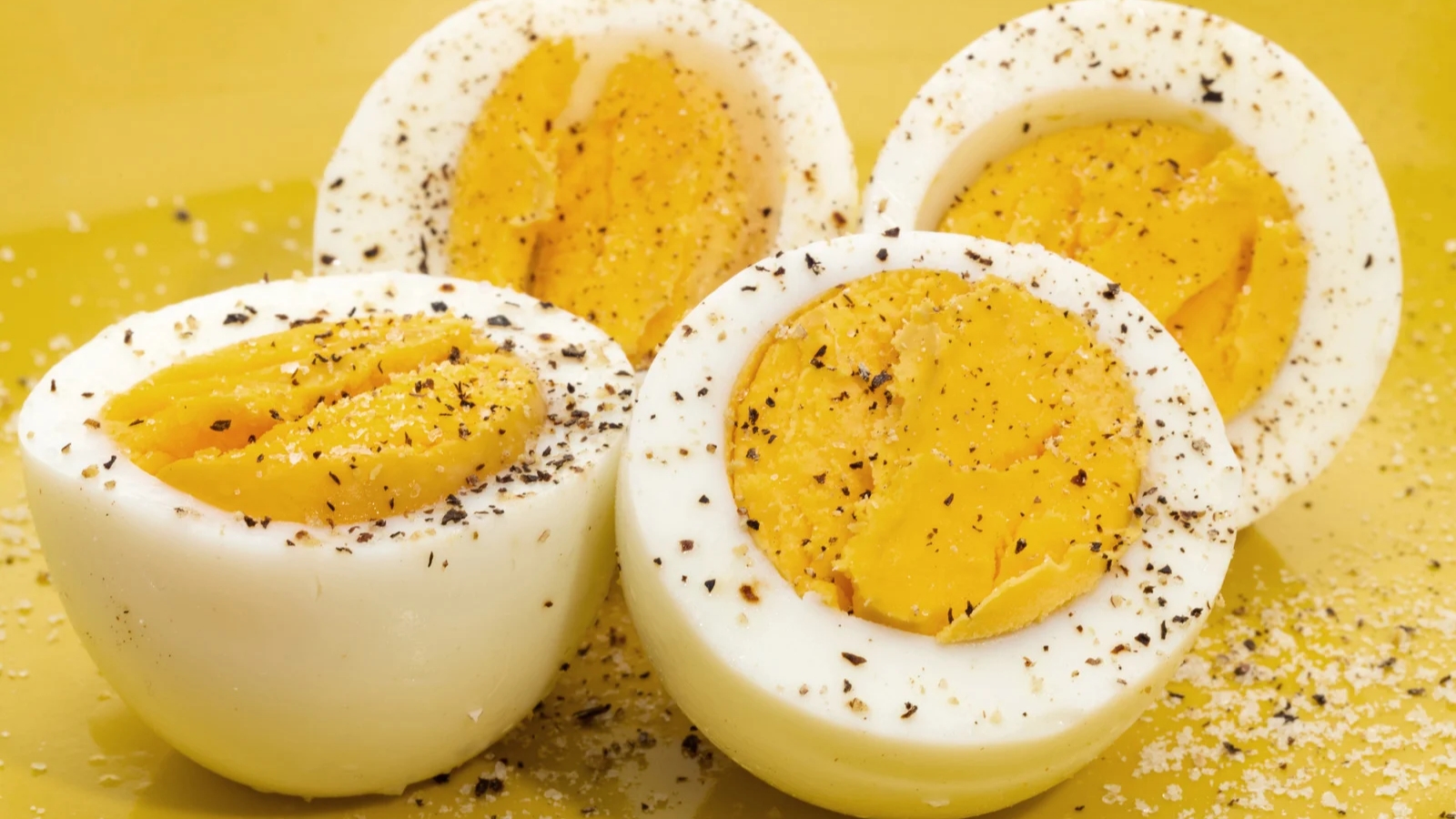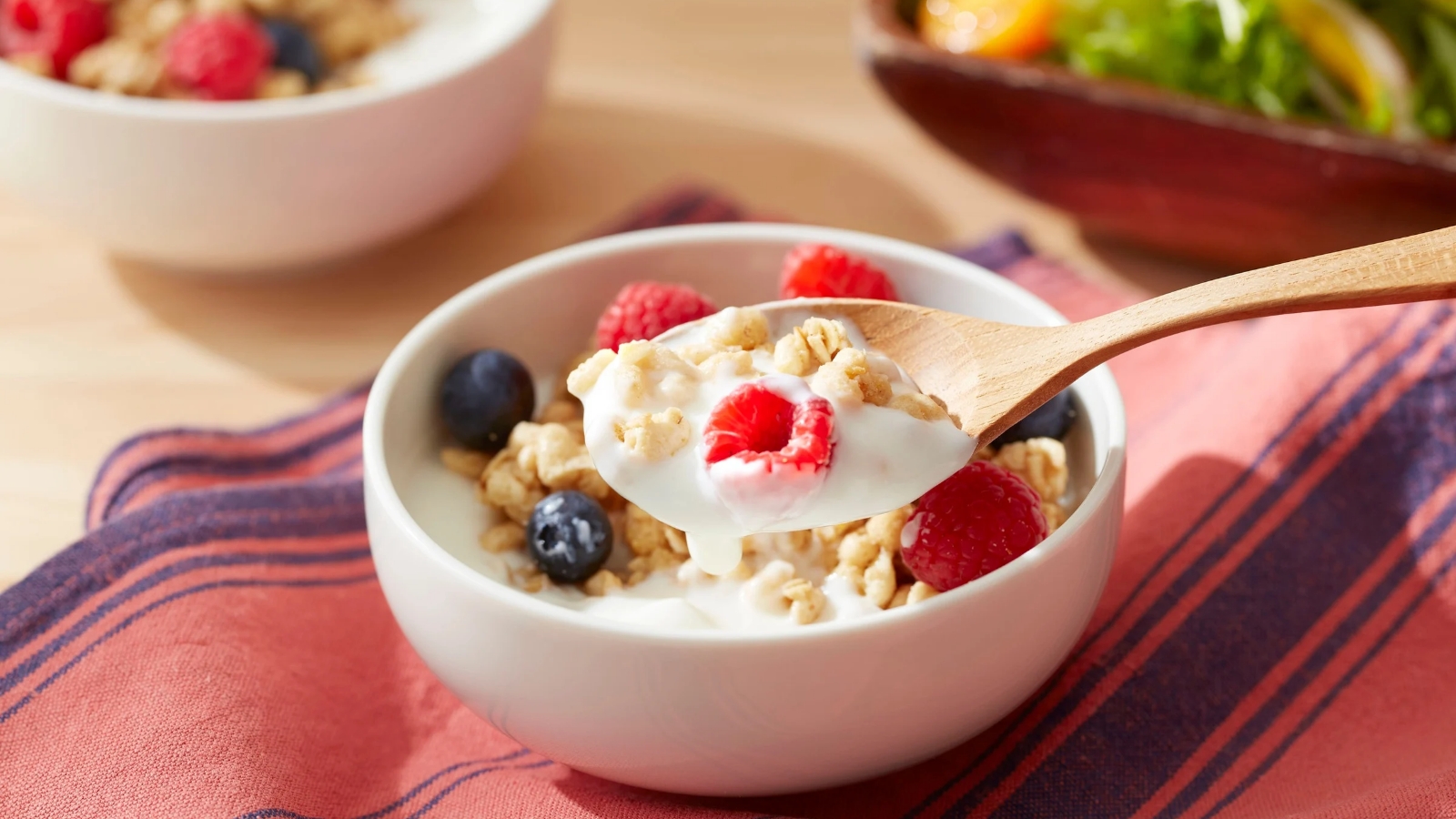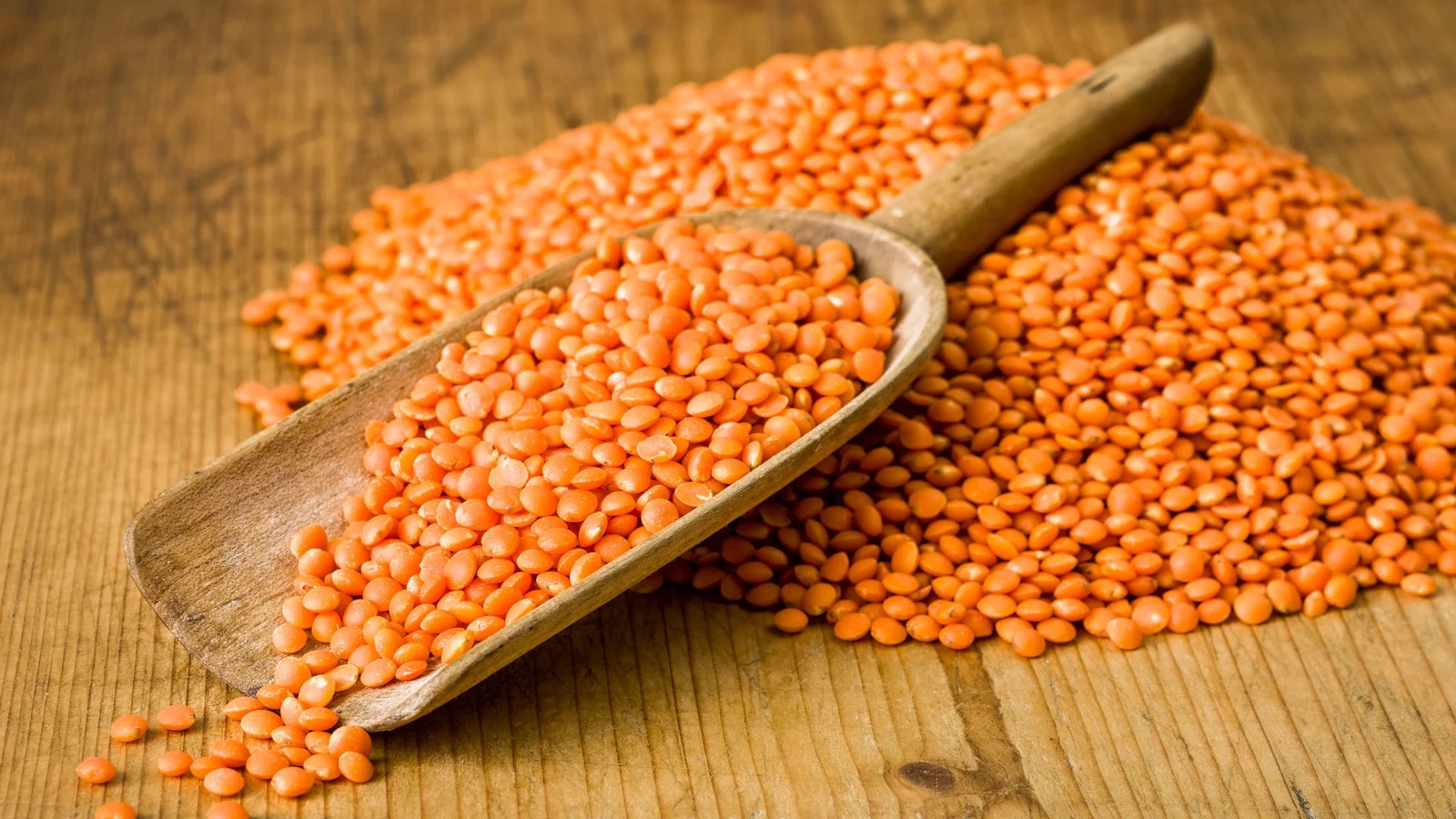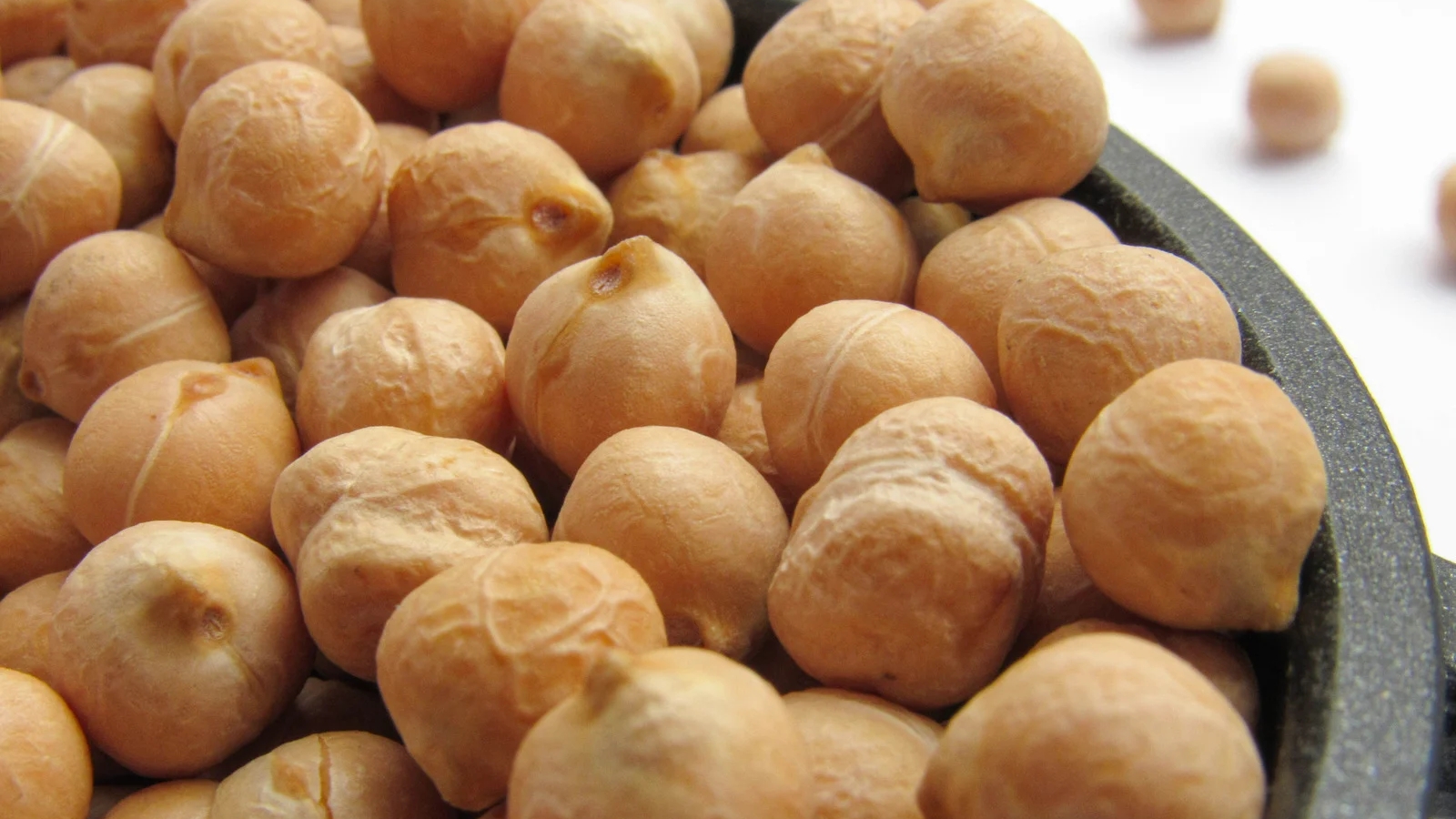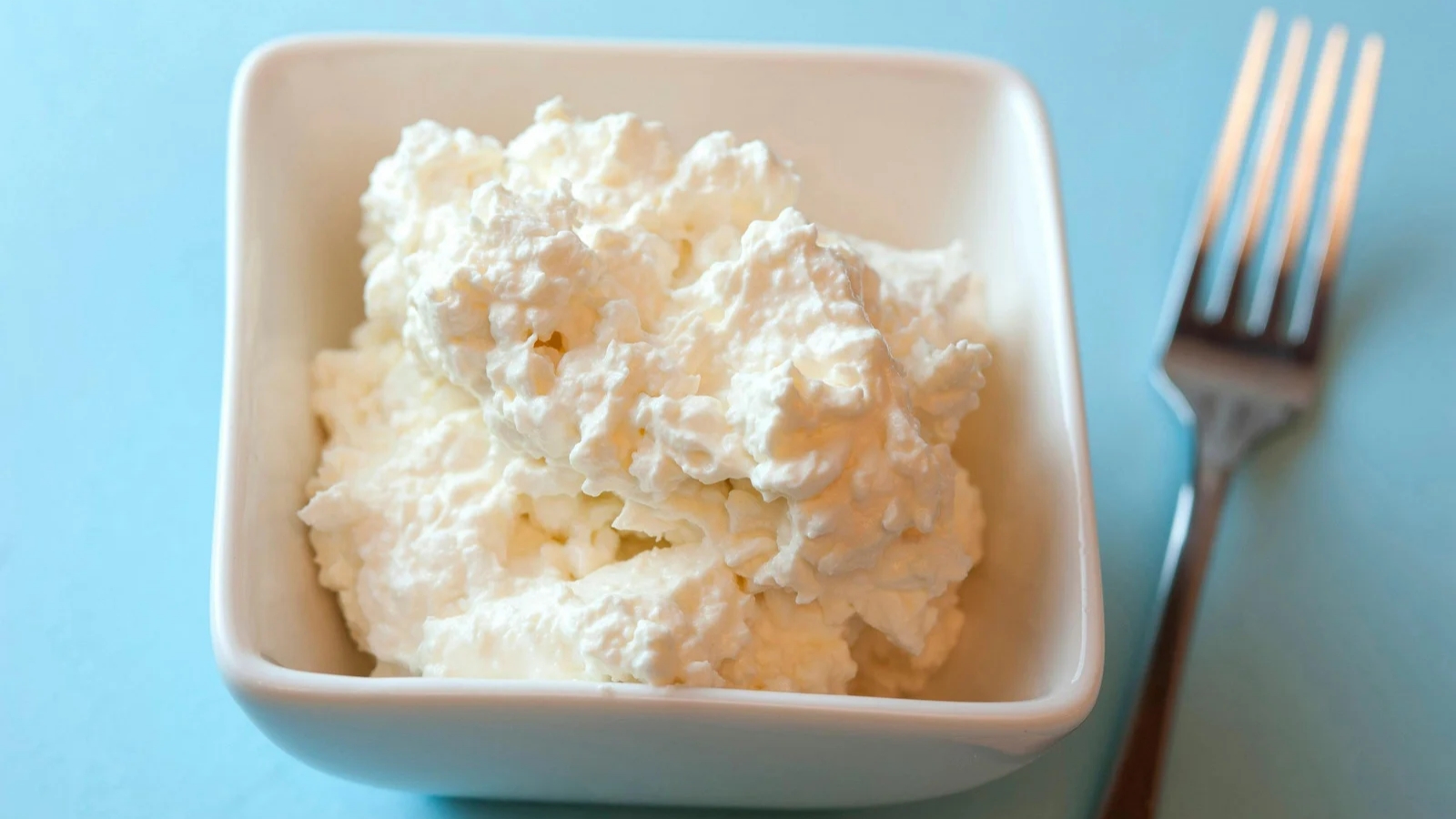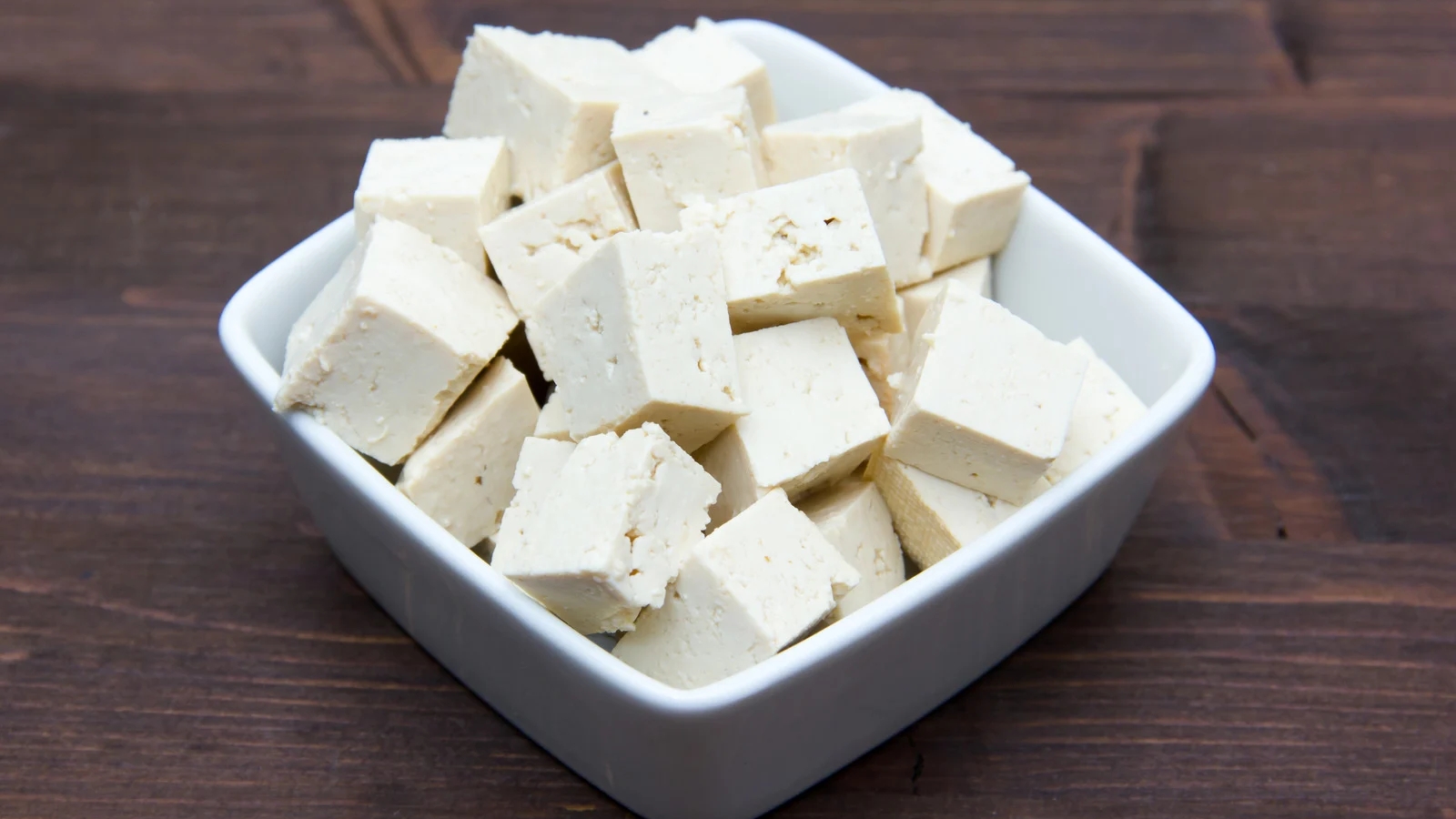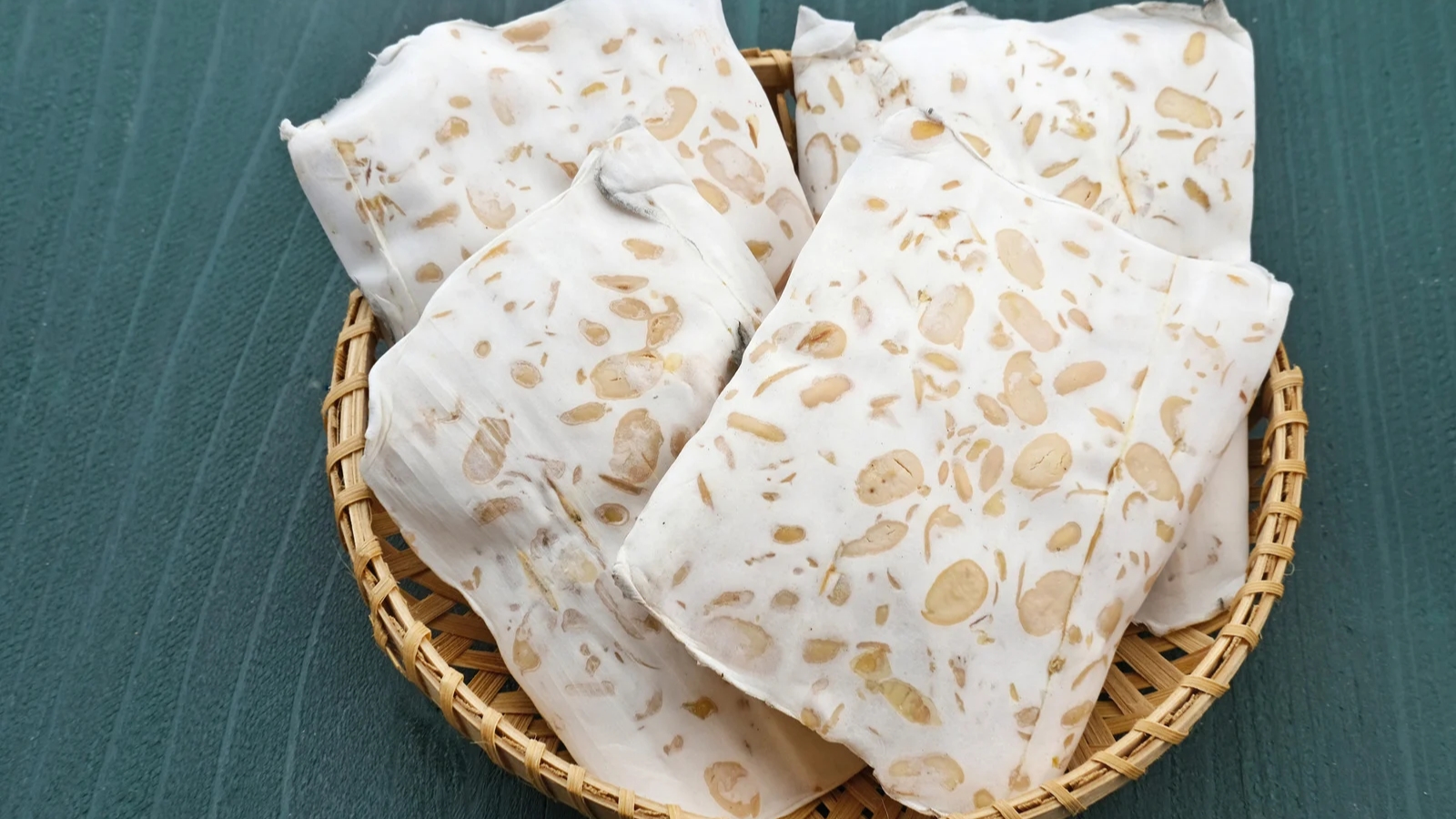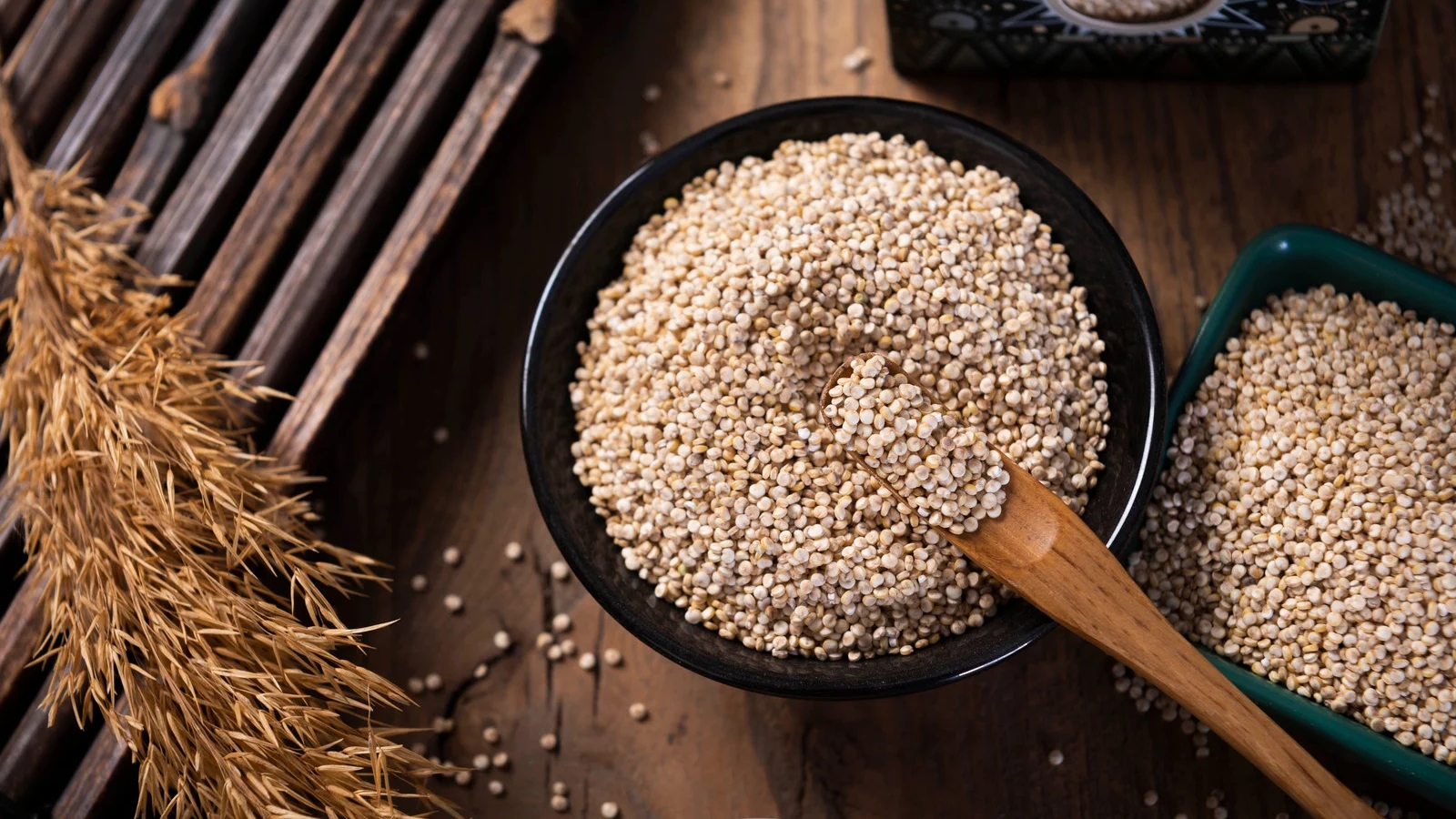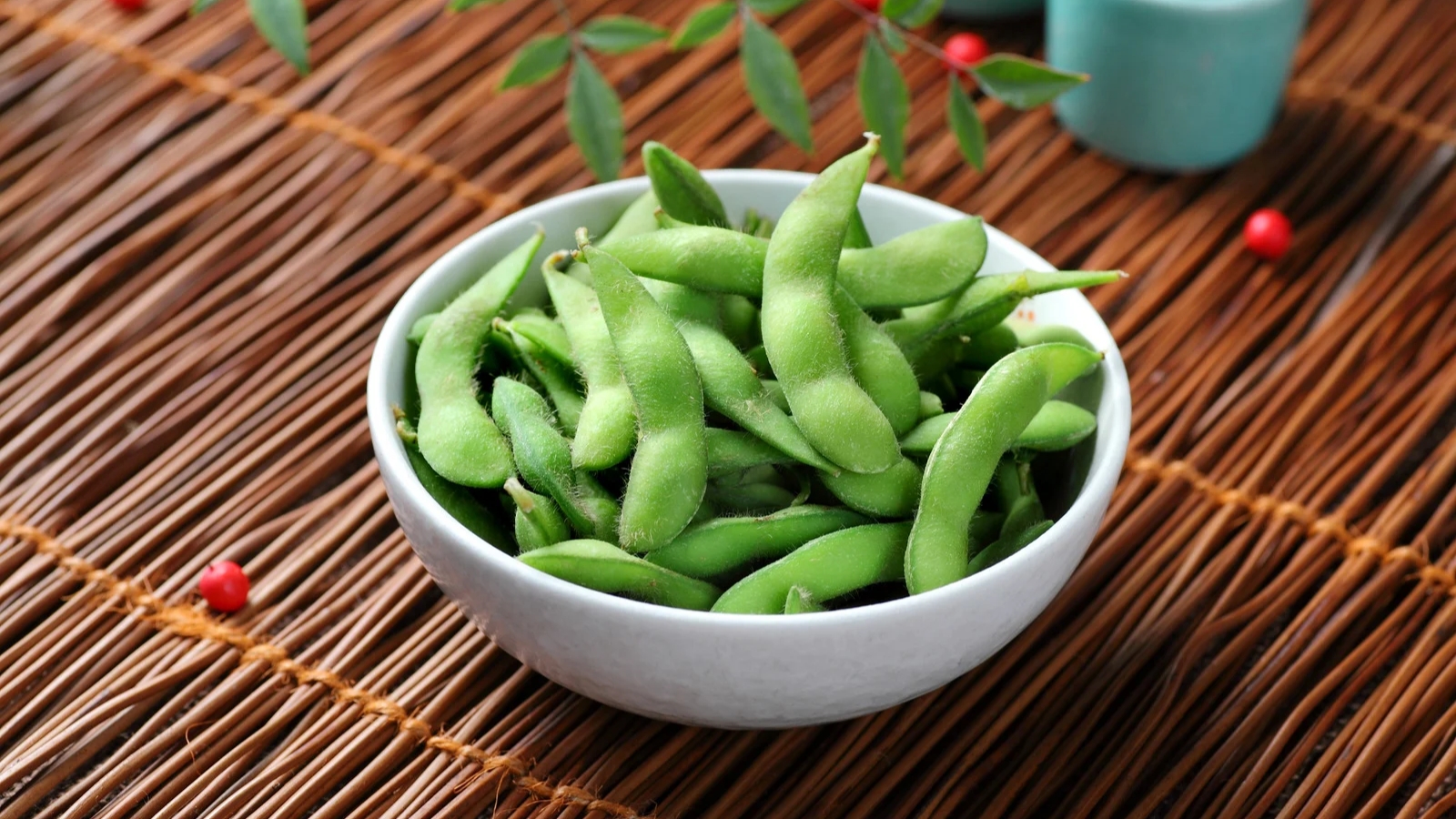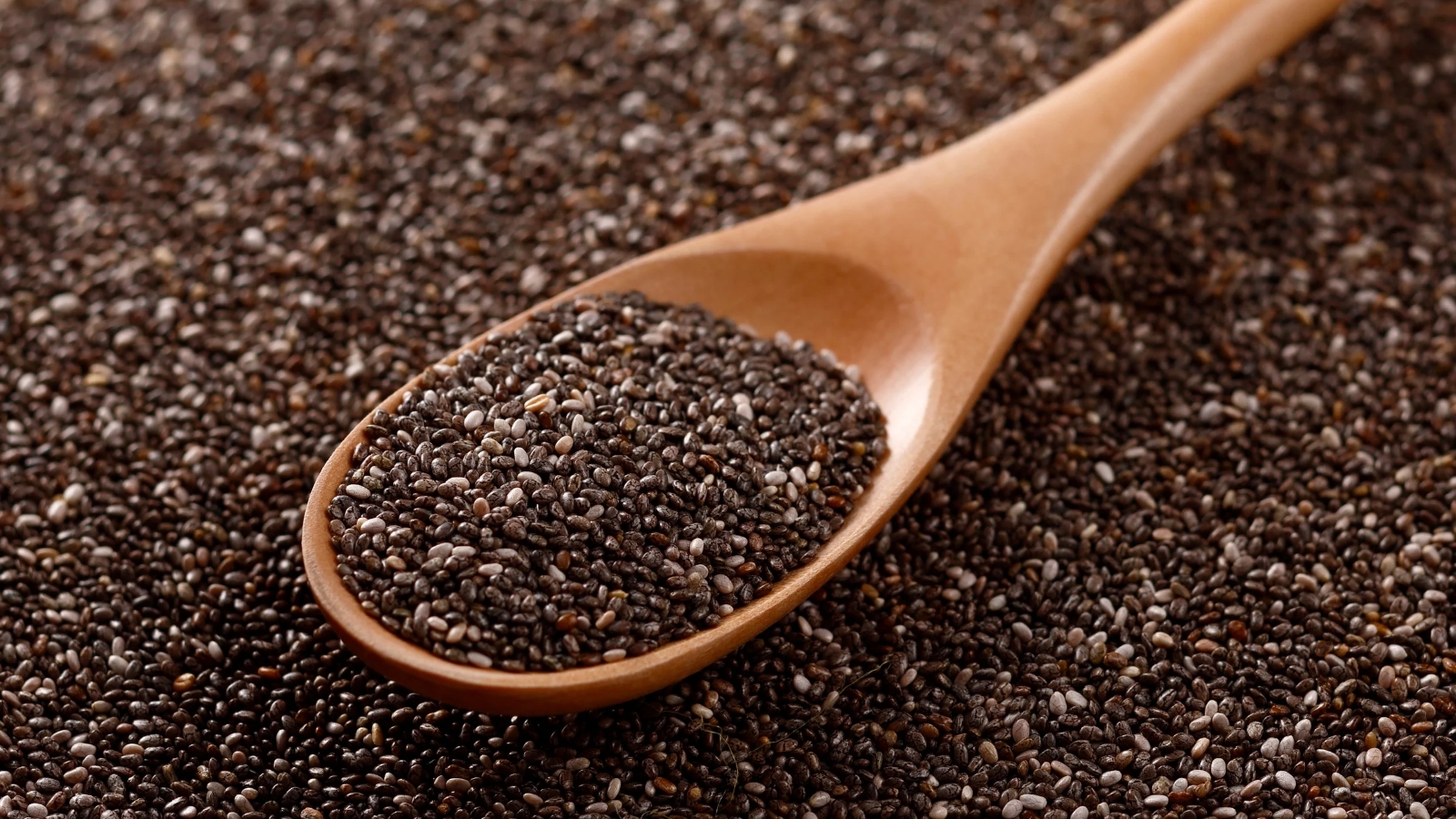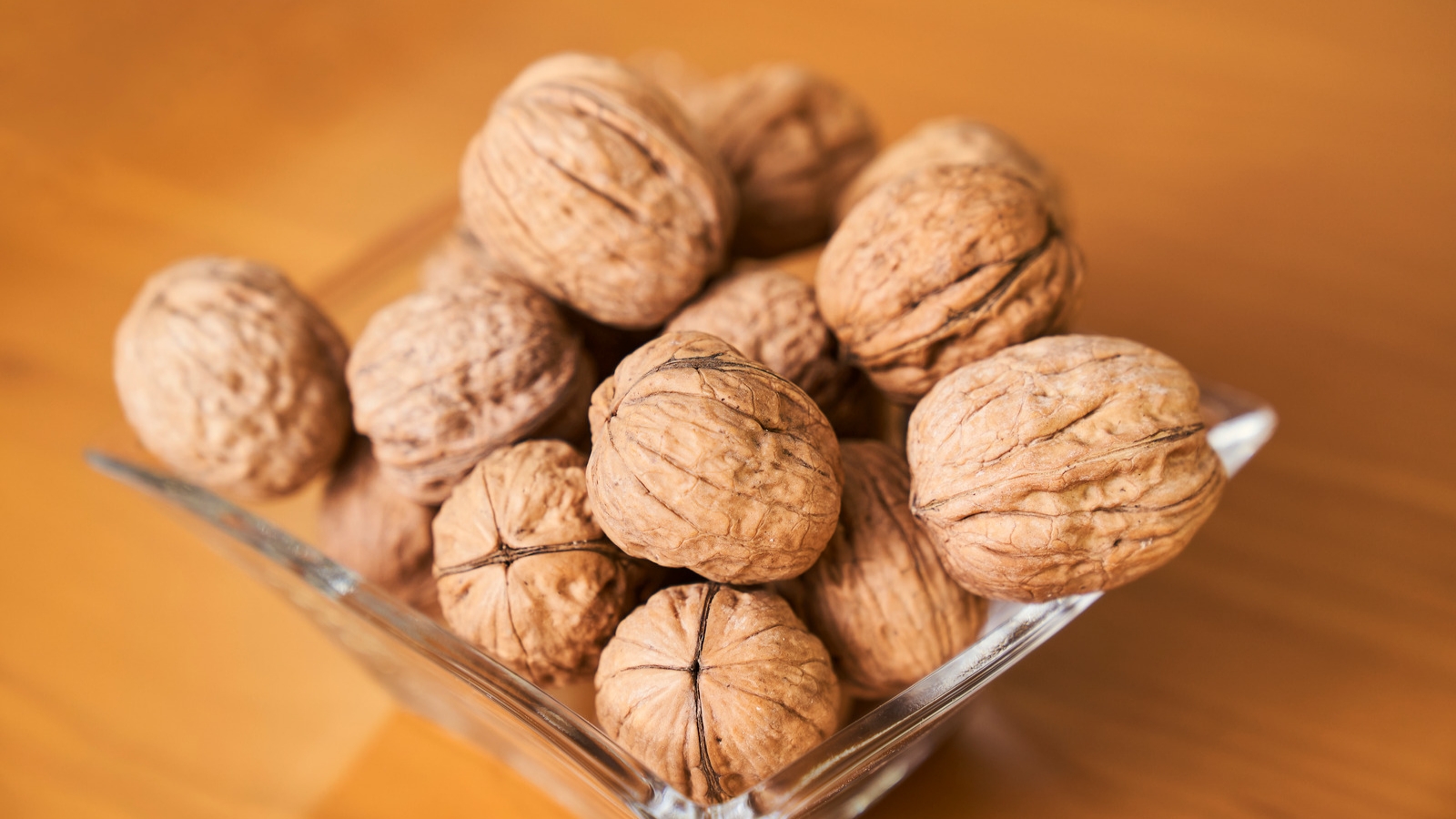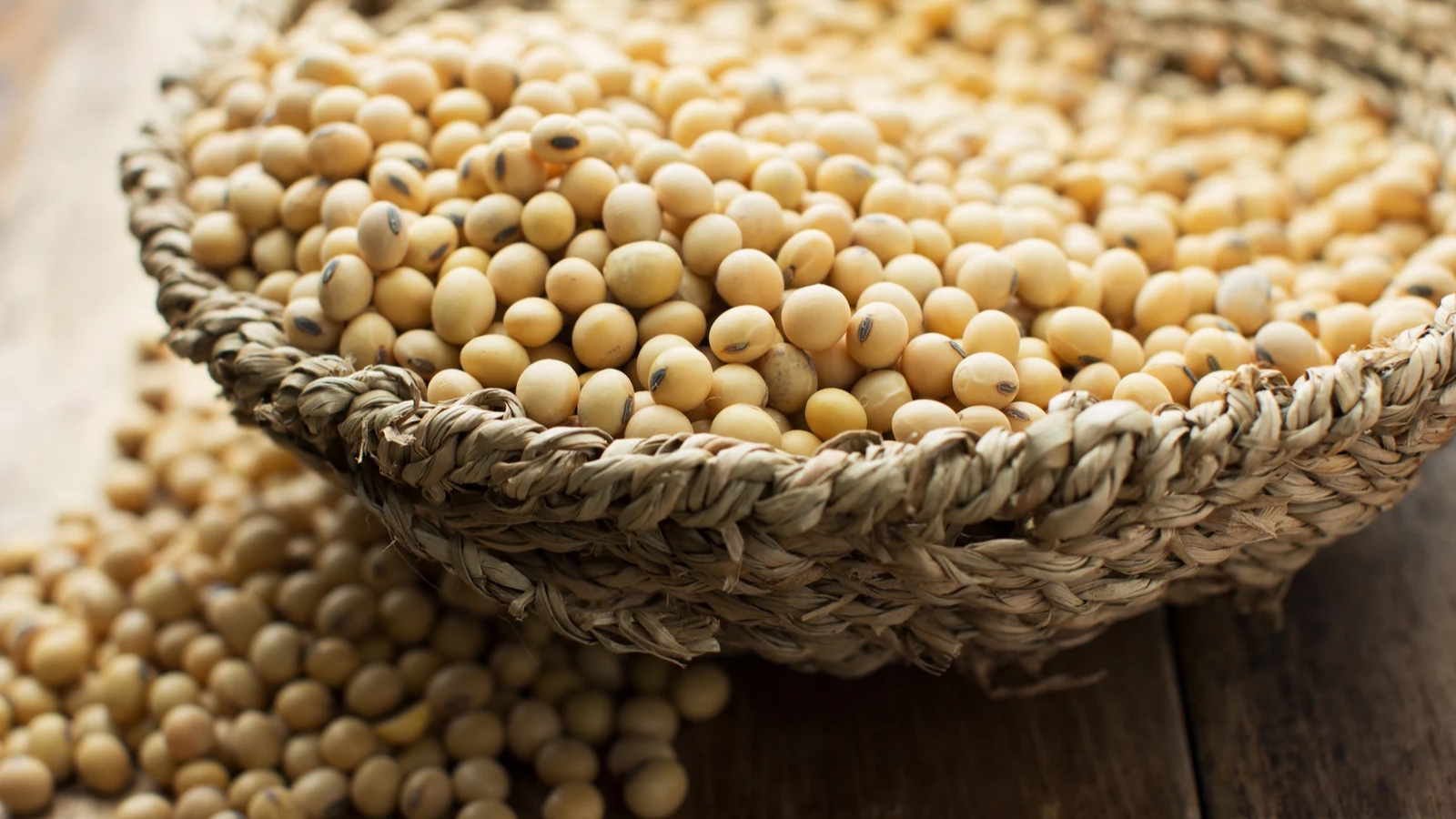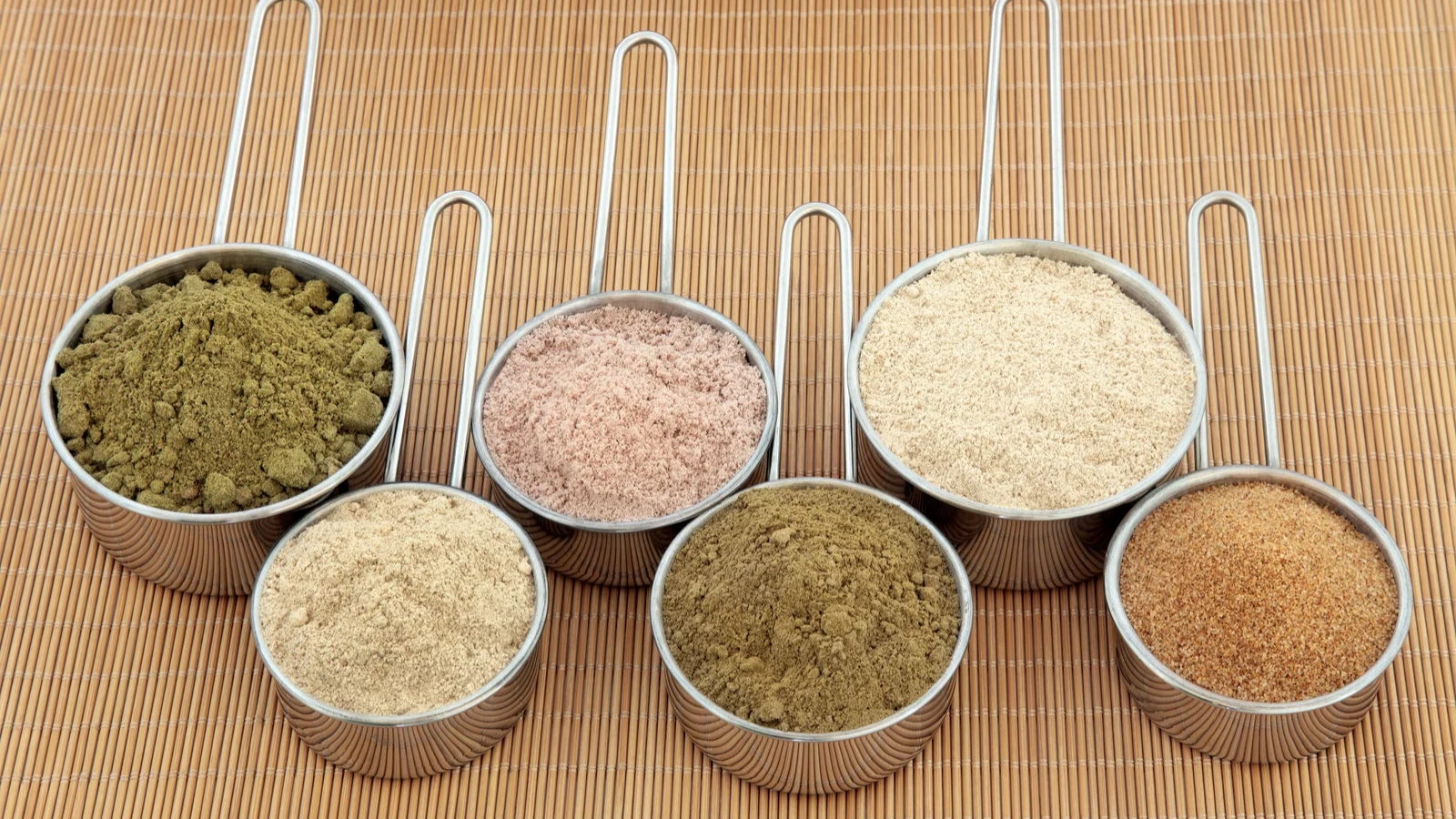Protein plays a vital role in your body. It helps repair tissues, supports muscle growth, and keeps your immune system working. Many people turn to meat as a primary protein source, but it’s far from the only option.
This article covers a variety of high-protein foods that are not meat. If you’re reducing meat, eating plant-based, or want more variety in your meals, you’ll find practical choices that support your protein needs.
Why Choose Non-Meat Protein Sources
Non-meat protein sources offer a wide range of benefits. Many are lower in saturated fat and calories. Some provide additional fiber, vitamins, or minerals that you might not find in animal-based proteins.
Eating a variety of protein-rich foods can also help you build balanced meals. Whether you’re vegetarian, vegan, or just looking for meat-free options once in a while, these foods give you flexibility.
Here are protein-rich foods to add to your plate.
Eggs Are a Complete Protein Source
Eggs contain all nine essential amino acids. One large egg has about six grams of protein. They’re easy to cook and can be part of any meal.
Ways to eat more eggs:
- Scramble with vegetables for breakfast
- Add boiled eggs to salads
- Make a simple omelet or frittata
- Use eggs to make protein-rich snacks like egg muffins
Eggs also provide vitamins B12 and D, which support your energy and bone health.
Greek Yogurt Offers Double the Protein of Regular Yogurt
Greek yogurt is thicker and higher in protein than standard yogurt. A single cup can have around 15 to 20 grams. It also has probiotics that support your digestion.
Choose plain, unsweetened Greek yogurt to avoid extra sugar. You can sweeten it yourself with fruit or a drizzle of honey.
Easy ways to enjoy Greek yogurt:
- Mix with berries and nuts for breakfast
- Use as a base for smoothies
- Swap it for sour cream in recipes
Lentils Are Packed With Fiber and Protein
Lentils are a powerhouse when it comes to plant-based protein. One cup of cooked lentils offers around 18 grams of protein. They’re also full of fiber, iron, and folate. Lentils cook quickly and absorb flavor well.
Use lentils in:
- Soups and stews
- Curry dishes
- Cold salads with herbs and vegetables
- Veggie patties or meatless tacos
Chickpeas Add Protein and Texture to Any Meal
Chickpeas, also called garbanzo beans, offer about 15 grams of protein per cooked cup. They’re very versatile and easy to include in meals. They’re a good source of fiber, manganese, and folate.
You can eat chickpeas:
- Roasted for a crunchy snack
- Blended into hummus
- Tossed into salads
- Cooked into stews or stir-fries
Cottage Cheese Supports Muscle Recovery
Cottage cheese is high in casein protein, which digests slowly. This makes it an excellent option for supporting your muscles, especially if you eat it before bed. A cup provides around 25 grams of protein.
Ways to eat cottage cheese:
- On toast with sliced tomatoes
- Mixed with pineapple or peaches
- As a base for a protein-packed dip
Choose low-fat or full-fat versions based on your dietary needs.
Tofu Is a Plant-Based Protein Staple
Tofu is made from soybeans and offers about 10 grams of protein per half-cup. It absorbs the flavor of whatever it’s cooked with, so it’s a flexible choice for many recipes. Tofu also provides calcium and iron.
There are different types of tofu based on texture:
Firm and Extra-Firm Tofu
These types work best for:
- Stir-fries
- Grilling
- Baking
- Scrambles
Silken Tofu
This type is suitable for:
- Smoothies
- Sauces
- Vegan desserts
Tempeh Offers Fermented Soy Benefits
Tempeh is another soy-based option, but it’s denser than tofu. It has around 20 grams of protein per 3-ounce serving. It’s also fermented, which may support gut health.
You can slice or crumble tempeh to use in meals. It has a nutty flavor and holds up well in savory recipes.
Try tempeh in:
- Sandwiches or wraps
- Stir-fry dishes
- Tacos or burrito bowls
Quinoa Is a Complete Grain-Based Protein
Quinoa contains all the essential amino acids, making it a complete protein. One cooked cup has about 8 grams of protein. It’s also high in fiber and gluten-free. You can cook a batch and store it for easy meals during the week.
Ways to eat quinoa:
- As a base for grain bowls
- In place of rice or pasta
- Added to soups
- Baked into veggie burgers
Edamame Are Protein-Packed Snacks
Edamame are young soybeans and can be eaten straight from the pod. One cup of cooked edamame gives you around 17 grams of protein. They’re quick to prepare and easy to season. They’re also rich in iron and magnesium.
How to enjoy edamame:
- Boil with a pinch of salt
- Added to grain bowls or salads
- Blended into a dip or spread.
Seeds Offer Nutrients and Protein
Seeds are small but nutrient-dense. They add protein, healthy fats, and fiber to your meals. While they’re not a primary source of protein, they add up when used regularly.
Top picks for protein-rich seeds:
- Hemp seeds: 9 grams per 3 tablespoons
- Chia seeds: 5 grams per 2 tablespoons
- Pumpkin seeds: 7 grams per ounce
Add seeds to:
- Smoothies
- Oatmeal or yogurt
- Salads and baked goods
Nuts Provide Protein and Healthy Fats
Nuts are easy to eat and store. They’re calorie-dense but also full of protein and heart-healthy fats. Almonds, peanuts, and cashews are popular choices.
One ounce of almonds gives about 6 grams of protein. Nut butters like peanut or almond butter can also help boost your intake. Watch portions, especially if you’re counting calories.
Use nuts and nut butters in:
- Smoothies
- Overnight oats
- Sandwiches or rice cakes
Whole Grains Add Extra Protein
Some grains contain more protein than others. While they may not be as concentrated as other sources, they’re helpful when used consistently. These grains pair well with beans, nuts, and vegetables for balanced meals.
Protein-rich grains include:
- Oats
- Buckwheat
- Farro
- Amaranth
- Barley
Protein Powders Can Fill Gaps
If you need more protein and find it hard to get enough from food, non-meat protein powders can help. There are plant-based options made from pea, hemp, brown rice, or soy.
Use protein powders in:
- Smoothies
- Baked goods
- Breakfast bowls
Choose one with minimal added sugar and a short ingredient list.
Conclusion
There are many ways to get enough protein without eating meat. Eggs, dairy, legumes, soy, seeds, and grains all offer reasonable
amounts. You can combine them throughout the day to meet your needs.
Choose the ones that fit your taste, budget, and lifestyle. Eating a variety of high-protein foods helps support your muscles, energy, and health over time.

